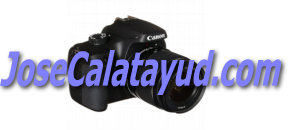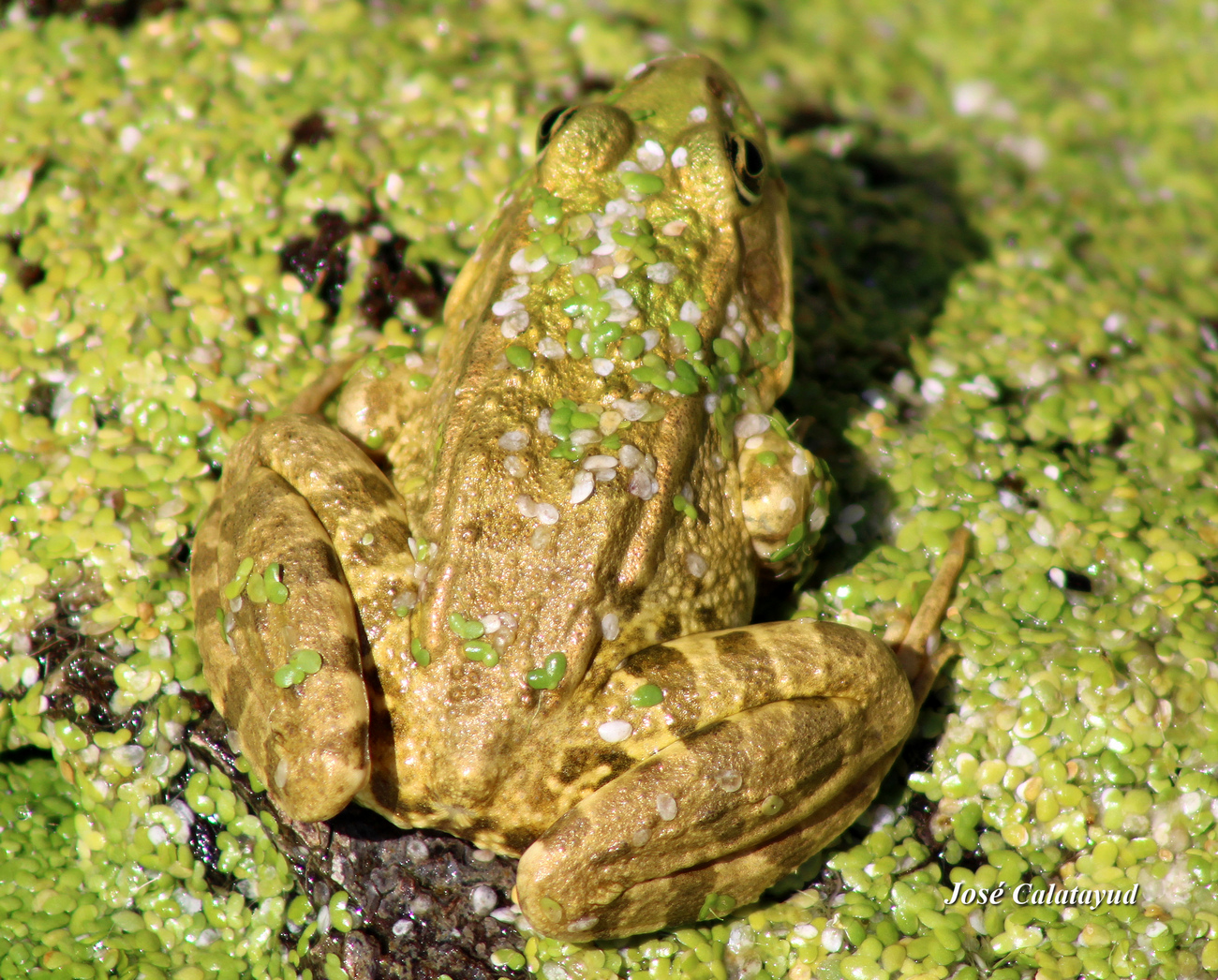Photographed in Clabecq, Belgium, in a pond filled with duckweed, the common frog (Rana temporaria) is a robust and relatively large amphibian, characterised by a stocky body, a short, rounded snout, powerful legs and skin that varies greatly in colour, ranging from dark brown to brick red, sometimes even greenish or greyish. This species has a distinctive dark spot behind each eye, called a temporal spot, and a generally light-coloured belly, which is more spotted in females. Males are slightly smaller than females, averaging 5 to 8 cm in length, with rare individuals reaching 10 to 11 cm. The limbs are striped with brown and adapted for long jumps. This frog is also distinguished by its golden eyes with horizontal pupils and its rather discreet behaviour outside the breeding season.
Widespread in Europe, the common frog frequents a wide range of wet habitats: forests, meadows, marshes, pond edges, gardens, and even mountainous areas up to 2,000 metres above sea level. It prefers cool, shady habitats rich in vegetation, avoiding areas that are too dry or sunny. It is mainly terrestrial outside the breeding season, when it migrates to water sources to lay its eggs in floating gelatinous clusters. Faithful to its breeding site, the common frog hibernates during the winter and becomes particularly active at the end of winter, favouring temporarily flooded areas for reproduction.
Source: Natagora


 English
English  Español
Español  Français
Français